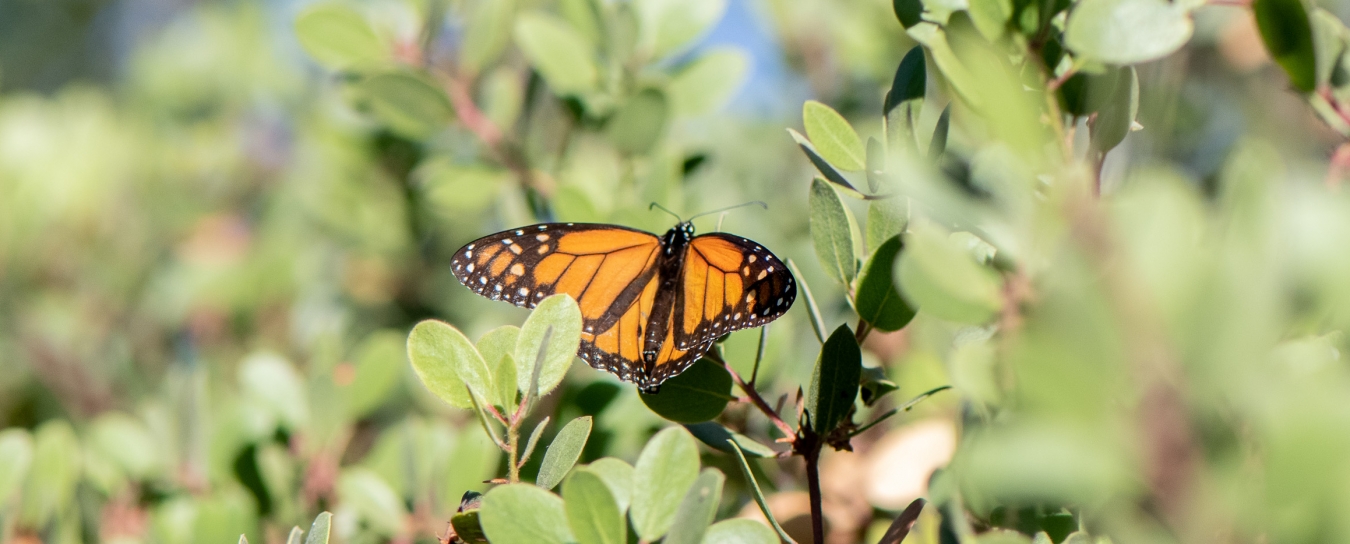
Invertebrates
See our handy guide to critters found in local homes and our Central Coast Butterfly FAQ. Browse the insects and other terrestrial arthropods we’ve identified. Check out local marine invertebrates, particularly bivalve mollusks and intertidal organisms.
- Anthropology
- Rocks & Fossils
- Invertebrates
- Vertebrates
- Botany
- Astronomy
- Fungi
- General
- Recently Asked
Bees in the oaks
Every year I am struck by the bees (?) buzzing in the coast live oaks around the western residence. Collectively, there are enough to create quite a hum at a distance. This is not a swarm, rather the cumulation of a large number of individual insects. Are these indeed bees? Are they native? What are they doing in the oak trees? Thanks.
Curator Response
Hi Bob,
I haven't noticed any buzzing swarms of insects around the Western Residence, although there is a persistent honeybee (Apis mellifera) colony residing in a standing dead Live Oak tree near the southwestern corner of the Oak Woodland property. As if the threat of stings wasn't bad enough, the tree with the colony is well-protected by a veritable forest of Poison Oak (Toxicodendron diversilobum)! The plants I've noticed the bees visiting most around the Museum property are Toyon (Heteromeles arbutifolia) shrubs, whose clusters of tiny white flowers apparently offer loads of delicious nectar. There seem to be a lot of bees around the Museum's property, so perhaps there is another colony near the Western Residence that I've not noticed.
Honeybees are, of course, not native to California (or anywhere in the New World), but they're critical to our state's agriculture and are efficient urban pollinators as well, so at least under carefully managed circumstances we like to keep them around. However, even though they can almost be considered a domesticated animal, colonies often escape human-made hives and thrive on their own!
Stay curious,
Schlinger Chair and Curator of Entomology Matthew L. Gimmel, Ph.D.

